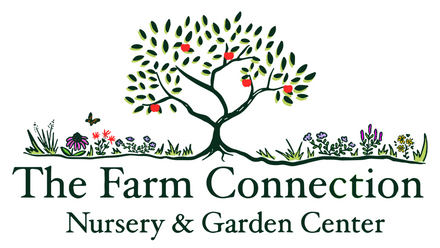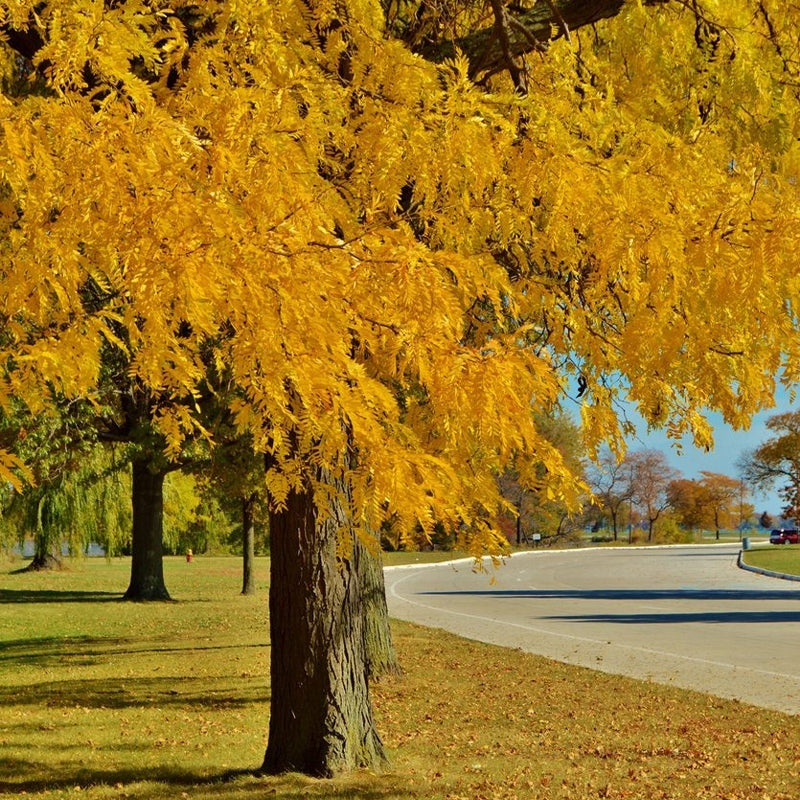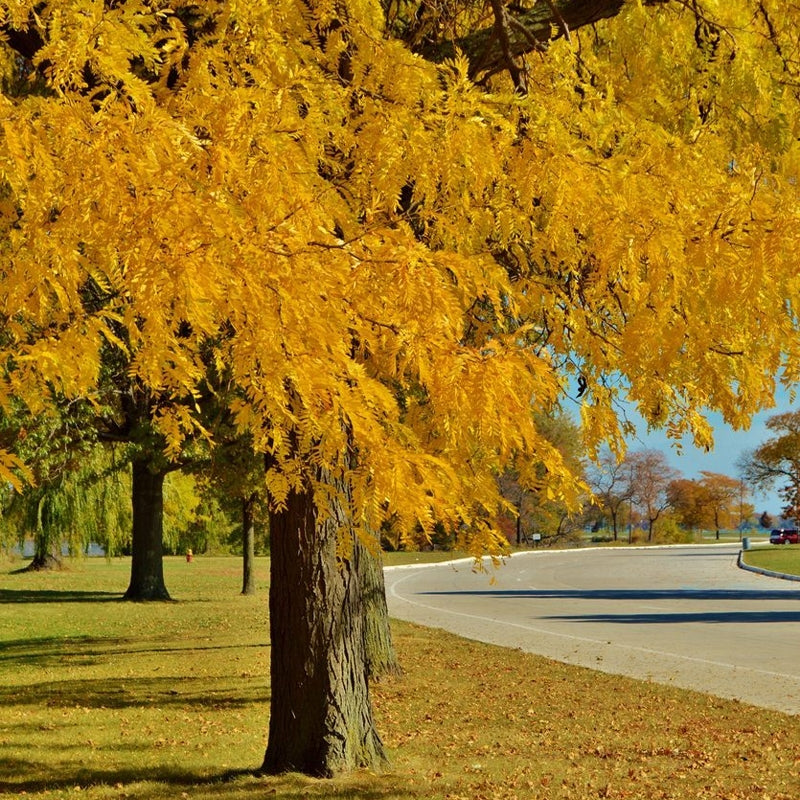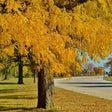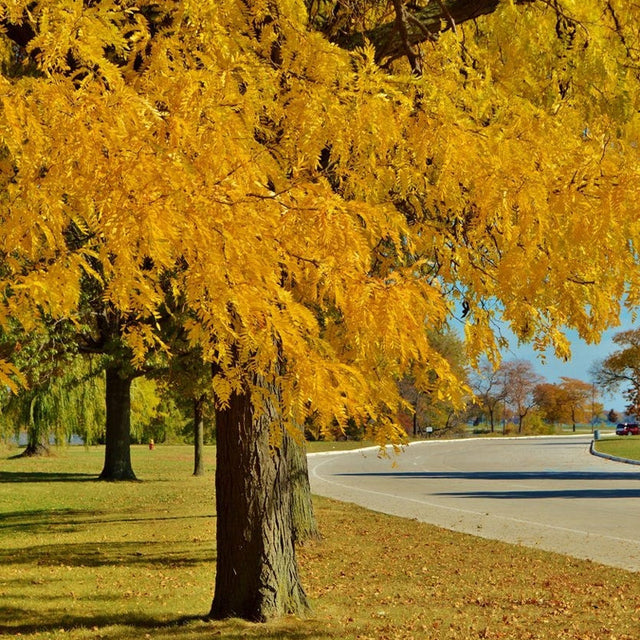Honeylocust, Thornless, Bare Root
Nitrogen-Fixer for Shade & Silvopasture Systems
Honeylocust, Thornless, Bare Root - Bare Root / 6-18" Seedling is backordered and will ship as soon as it is back in stock.
Couldn't load pickup availability
Delivery and Shipping
Delivery and Shipping
Make sure to thoroughly review our entire "Shipping, Returns, Refunds, and Our Guarantee" page for all relevant details about ordering from our store.
Making a purchase from our store constitutes an agreement to all the conditions outlined in those policies.
We appreciate your support and look forward to being your favorite plant provider!
Subscribe to our newsletter
Sign up for exclusive offers.
Thornless Honeylocust (Gleditsia triacanthos var. inermis)
Thornless Honeylocust is a fast-growing, open-canopy tree that provides light shade while allowing grasses and understory plants to thrive beneath. Native to the central U.S., this tough and adaptable tree tolerates poor soils, drought, compaction, and urban conditions, making it a favorite in permaculture and silvopasture systems.
Key Characteristics
- Open canopy for understory productivity – Dappled shade allows sunlight to reach ground layers, ideal for guild plantings or pasture grasses.
- Fixes nitrogen-like benefits without nodules – While not a true nitrogen fixer, its high-nitrogen leaf litter improves soil fertility naturally.
- Valuable in silvopasture and agroforestry – Fast-growing and resilient, excellent as a shade tree in grazing systems or food forests.
- Wildlife support tree – Produces fragrant flowers for pollinators and seed pods that feed deer, birds, and small mammals.
- Urban-tolerant and low-maintenance – Withstands drought, salt, compaction, and air pollution, making it ideal for tough sites.
Product Details
- Native Range: Central and Eastern U.S.
- Plant Life Cycle: Deciduous tree
- Sun Requirements: Full sun
- Soil Requirements: Dry to medium, well-drained
- Mature Height: 50–70 ft
- Bloom Time: May–June
- Bloom Color: Yellow-green
- USDA Hardiness Zones: 4–9
An ideal tree for regenerative agriculture, silvopasture, and challenging sites — tough, beautiful, and beneficial.
-
Sun RequirementsFull Sun
-
Soil RequirementsMedium, Medium-Dry
-
Bloom ColorGreen, Yellow
-
Bloom TimeMay, June
-
USDA Hardiness ZonesZone 4, Zone 5, Zone 6, Zone 7, Zone 8, Zone 9+
-
Native StatesPennsylvania, Ohio, Indiana, Illinois, Missouri, Kentucky, Tennessee, Iowa, Arkansas
Payment & Security
Payment methods
Your payment information is processed securely. We do not store credit card details nor have access to your credit card information.
